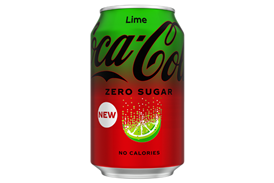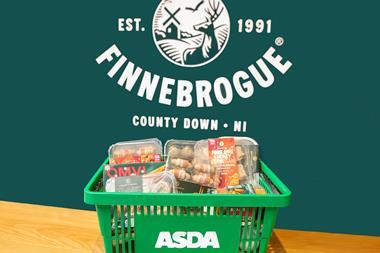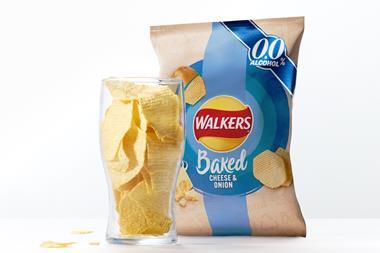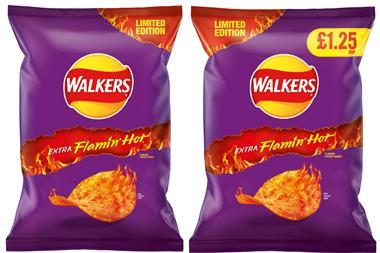Disruption from intervention
Beef emerging from intervention stores is at last beginning to cause concern in the wholesale market. Disruption has been predictable for months, but traders seemed slow to recognise the warning signs as buying-in ceased in Britain and the European Commission made clear its aim of reducing the 600,000-tonne EU stockpile.
Suddenly traders selling ex-abattoir or off the boat find they are bumping into beef released by intervention agencies. "There's a lot of it about, and it's cheap," is a typical comment, from a small wholesaler trying to shift product from an Irish exporter into the cash and carry market. "It's good meat, too, even though it's been frozen."
The volumes involved appear modest by supermarket standards, but are easily big enough to cause trouble in the secondary wholesale trade serving caterers and manufacturers. For instance, late last month 200 tonnes of intervention rump were sold out of store in Britain. Nearly as much striploin came onto the market at the same time, as did 97 tonnes of fillet, 56 tonnes of silverside, 42 tonnes of topside and 25 tonnes of forerib.
Tenders closed on Tuesday for a further round of disposals. As with most of these sales, there are no restrictions on the end-use permitted for the beef.
Multiples will feel an indirect impact, despite not being buyers of frozen beef for their traditional cuts offer. The pressure on prices of non-retail cuts such as flank forces slaughterers to look for compensating margin gains on supermarket beef.
{{MEAT }}
Close menu
- Home
- Retail & Wholesale
-
Products & Suppliers
- Back to parent navigation item
- Products & Suppliers
-
Product Categories:
- Back to parent navigation item
- Product Categories:
- Alcoholic drinks
- Bakery
- Cereals & breakfast
- Cheese
- Chicken & poultry
- Chocolate
- Confectionery
- Crisps, nuts & snacks
- Dairy
- Fish
- Fresh produce
- Frozen
- Household
- Meat
- Own Label
- Sauces & condiments
- Seasonal
- Soft drinks
- Vaping
- Vegan & plant-based
- World foods
- Suppliers
- People
- Reports & Data
-
Topics A-Z
- Back to parent navigation item
- Topics A-Z
-
Popular topics:
- Back to parent navigation item
- Popular topics:
- Cost of living crisis
- Crime
- Deposit Return Schemes
- Finance
- Government & Regulation
- Health
- Inflation
- Loyalty
- Marketing
- Mergers & Acquisitions
- New Product Development
- Sourcing
- Supply chain
- Sustainability & environment
- Technology
- Ultra Processed Foods
- Vaping
- A-Z all topics
- Content by type:
- Events
- Subscribe now
Sign in to comment on this article
Not logged in before? Register for FREE guest access today.
You will be able to:
- Read more stories
- Receive daily newsletters
- Comment on stories
Advert


















No comments yet